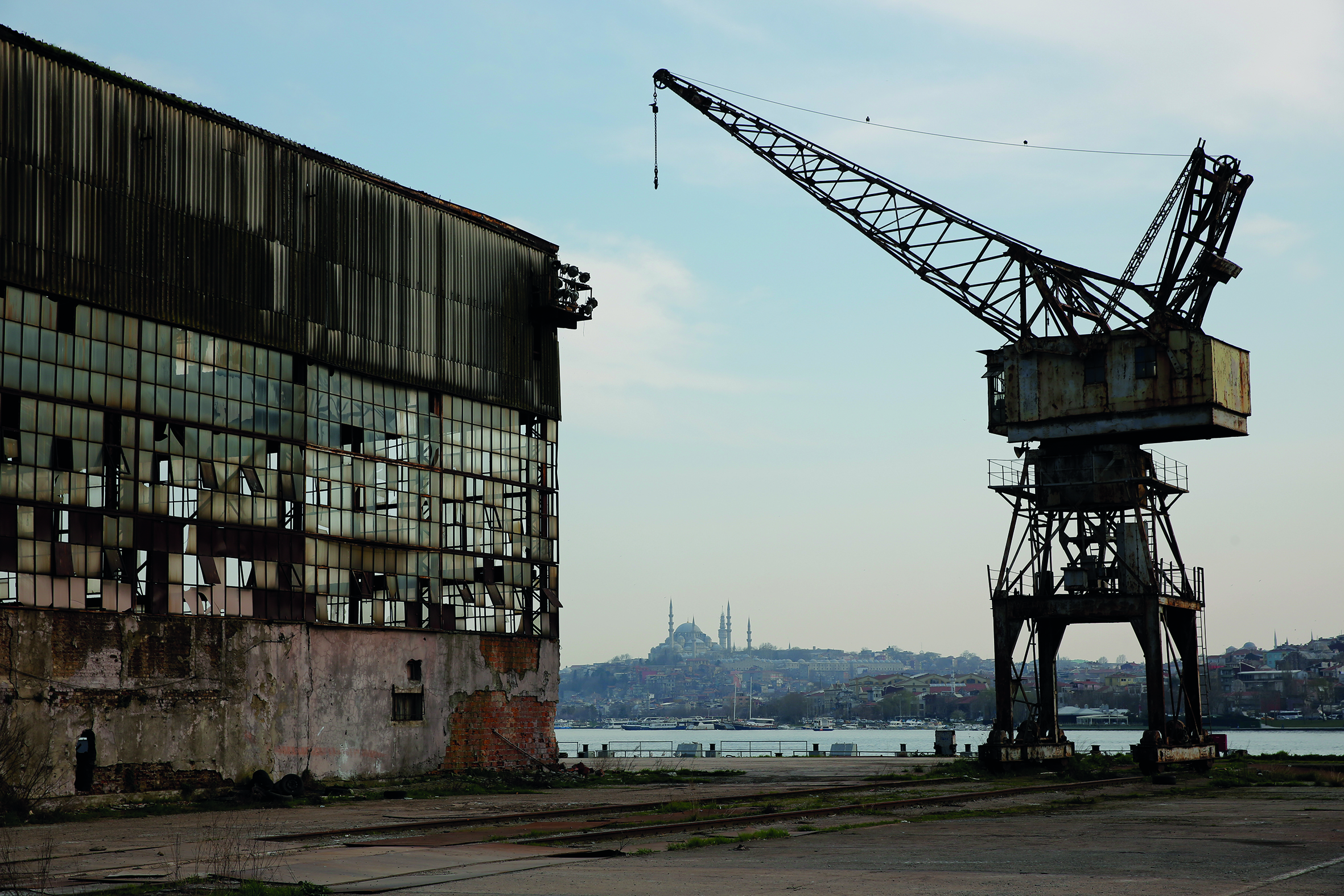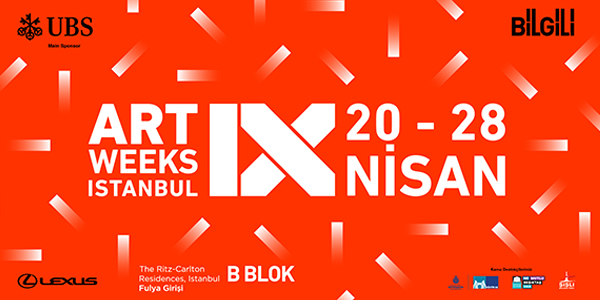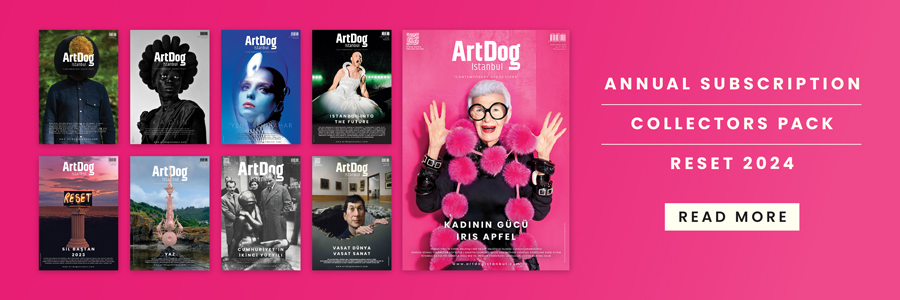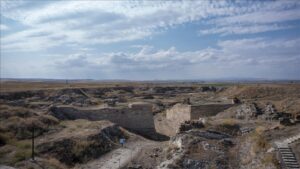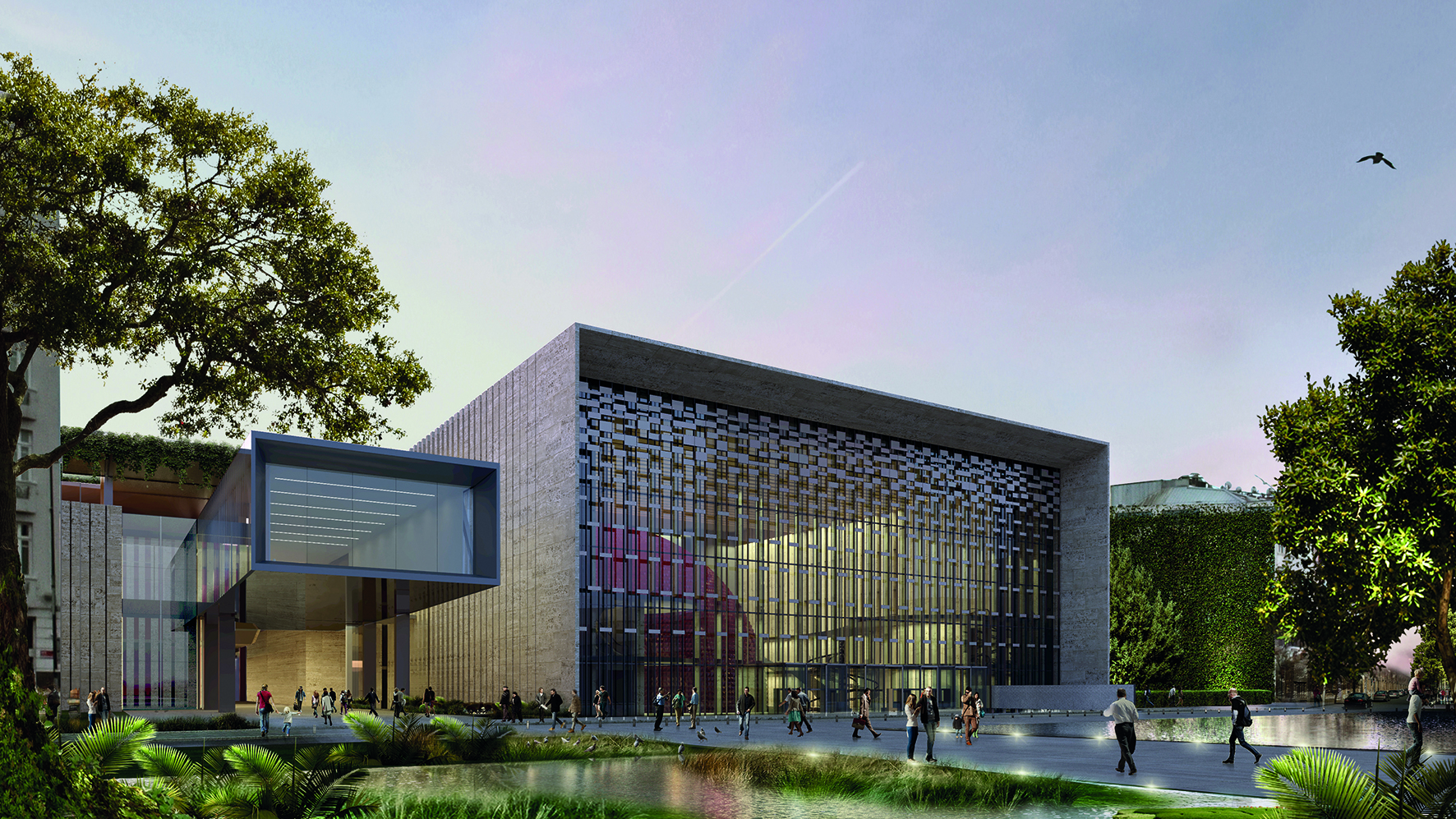Tabanlioğlu Architects are engaged in the restoration of the historic 15th Century Haliç Tersanesi (Golden Horn shipyard) The project regenerates a former industrial area of coastline to create a new cultural destination for the city, with hotels, housing, offices and leisure alongside a new marina.
Historically, the Golden Horn served as Istanbul’s inner harbor with a longstanding legacy of shipbuilding and repairs in its shipyards. In 1453, Sultan Mehmed II established an imperial shipyard across the Golden Horn from Constantinople, in the formerly Genoese suburb of Galata.
During the Republican Period, Haliç became a natural port for merchant vessels and warships. At the same time, it served as a shipyard zone while the upper part remained a popular excursion and summer resort of the city, where mansions, waterfront residences and pavilions lined up as a natural extension of the Bosporus. After the 1960s, the region lost its charm under the pressure socioeconomic conditions. Instead, it became a commercial and industrial center. This resulted in the emergency of irregularly constructed residential hubs, or gecekondu, and caused a deterioration in life and building quality of the surroundings as well as the Golden Horn itself. After many years of neglect, the first cleaning works began in 1984.
By means of strategic transformation, the Golden Horn is getting ready to reclaim the prestigious identity of its past to become a vigorous extension of the city. The view of the coastline from the sea emphasizes the image of the city. Part of the Tersane Masterplan is the new Sadberk Hanım Museum. Grimshaw has been commissioned by the Vehbi Koç Foundation to develop designs for the Sadberk Hanim Museum. The museum is being relocated from its current home on the Bosphorus to a listed building in the Golden Horn. The coastline aims to be a new cultural destination for the city.
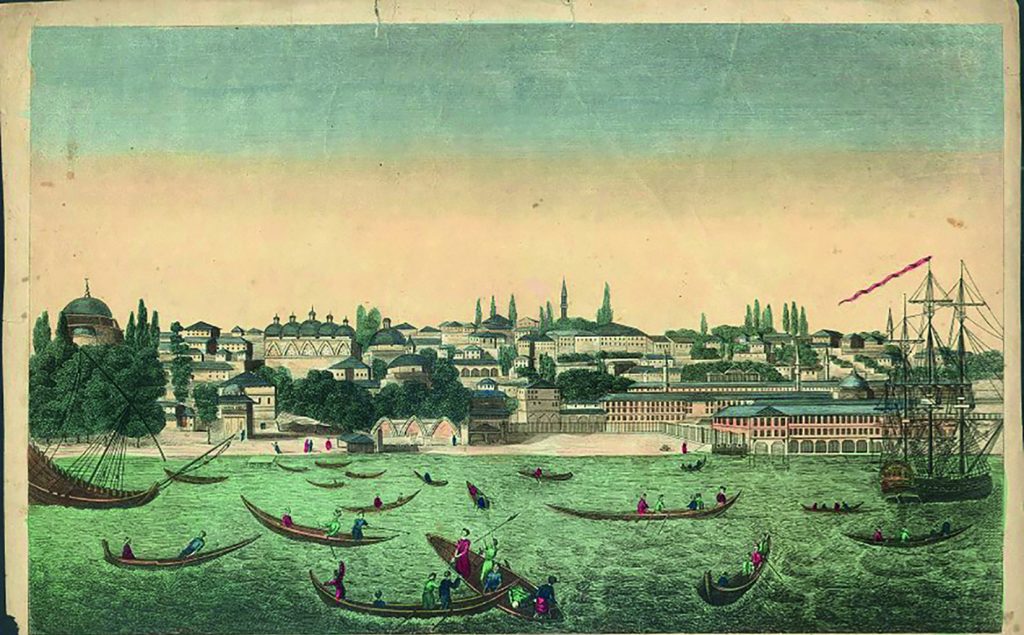
-
There is the Haliç Port Project. The Haliç Shipyard was established in in the 15th century. Another historically and culturally significant project.
The Golden Horn, when you look at the engravings from the Ottoman period and the pictures taken afterwards, it is actually a very well used point, as if it is a continuation of the Bosphorus. Now, the most important difference between the Golden Horn and the Bosphorus is that there is always a north wind and flow in the Bosphorus, and a the strait lives on its own. What I mean is that, when you are in Bebek for instance, you immediately feel that you are in Bosphorus. The Golden Horn, on the other hand, is different; it is a quiet place that does not directly take the north wind. You feel different when you travel by boat from the sea towards the Golden Horn. While this place was used as a recreation spot in the past, it was opened to construction over time. It became an industrial zone, with small and large formations. It gained a mixed identity. On one side, due to the existence of Jewish businessmen who are now in the minority, there are synagogues for the Jewish community and churches for the Orthodox Patriarchate. But on the other hand, there were also small workshops where hats and fezes were made. Such a complexity and solidarity prevails there…
“The whole Golden Horn shore will be reorganized; we are actually a part of it. Sadberk Hanım Museum, which belongs to Koç Family, will be relocated to one of the largest and oldest shipyards. Approximately thirty percent of the project will be an art space.”
Almost a Small Town
In the ‘80s, Dalan embarked on a major cleaning operation. It was also not done properly, and they cleared everything away. All industrial structures other than the shipyards were demolished, which were also a part of history. There are many layers in that area, you have to be very careful with those layers while manipulating one. Especially if we think about this along the whole shore…. When we visited shipyards, we observed all those things that I have mentioned so far. There are buildings here dating from Byzantium to the Ottoman Empire; from the first period of the Republic to the last period. The Ottomans made their first ships here and larger ships were built later in the early Republican period. New workshops, new factory buildings were built as the need arose and a small town was formed there. These layers were added on different dates. Some of them are to be maintained at their scale within the scope of historical monuments , in order to continue the atmosphere that had been created all along. We prepared the project accordingly.
“The fact that Galata Port Project has two very important art spaces in its premises is very remarkable. It will host the new Istanbul Modern Museum building. Mimar Sinan Fine Arts University Painting and Sculpture Museum is also within the project area.”
A New Museum on the Golden Horn
-
This place has not been used as a shipyard for years, right?
Yes, it has lost its function. The most important point here is that now people will come to this beach. The municipality held a competition about this issue as well. The whole Golden Horn shore will be reorganized; we are actually a part of it. Sadberk Hanım Museum, which belongs to Koç Family, will be relocated to one of the largest and oldest shipyards. Approximately thirty percent of the project will be an art space. Apart from that, of course, there will be art galleries, shops, restaurants and hotels. But most importantly, there will be residences. Therefore this place will have its owners; we will actually start to create a new neighborhood here. For the first time, there will be various studios, housing units and small offices on the edge of the Golden Horn. It is different in that respect. So this is not a place just to visit. It will develop as a neighbourhood like Ortaköy and Bebek, and become a coastal town like Arnavutköy.
-
Galataport Project is another massive project which will transform the city isn’t it?
Yes. The fact that Galata Port Project has two very important art spaces in its premises is very remarkable. It will host the new Istanbul Modern Museum building. Mimar Sinan Fine Arts University Painting and Sculpture Museum is also within the project area. In fact, Galataport is also a very old project. Just as Karaköy was transformed when Istanbul Modern was opened at the time, Galataport will now experience that transformation. AKM will create the same effect in Taksim, and Haliç Port will also make an impact on its surroundings.
-
Istanbul is undergoing an update of some sort, isn’t it?
Sure. The population of Istanbul is also quite variable. Europeans used to visit Istanbul, and they are beginning to do so again. I remember there used to be cultural trips where a group of architects would visit Istanbul and we would give them a tour around the city.
“The importance of art is gradually increasing. It is very important in a city like Istanbul. In 2021, we will be able to visit certain parts of it, but the project will open bit by bit.”
-
These massive urban projects contain museums, an opera house, art spaces… Would you agree that art will be the transformative force behind all?
Surely. No doubt. The importance of art is gradually increasing. It is very important in a city like Istanbul.
-
When is Haliç Port going to be opened?
In 2021, we will be able to visit certain parts of it, but the project will open bit by bit.
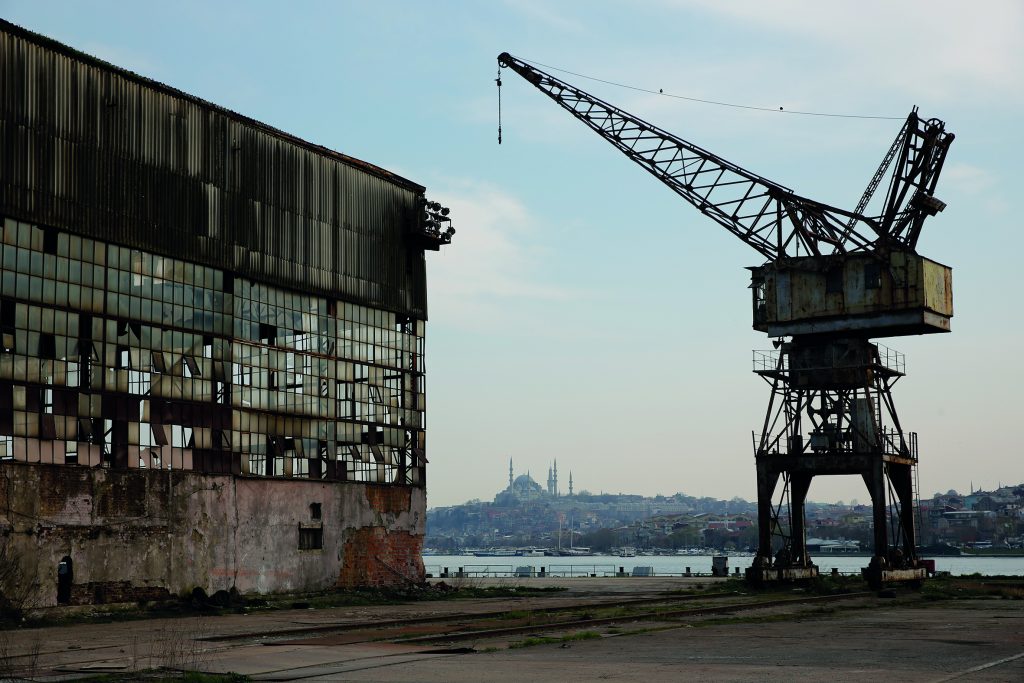
Valide Slipway
-
The Golden Horn has existed for centuries. Have you come across any interesting stories while working there?
Actually there is. In old photographs of the Golden Horn you can see there were many ramps for boats. One of them was the Valide Slipway. Upon investigation it turned out that there is a small building standing where it used to be. We took a good look at it and discovered it had a very nice skid structure. So we decided to restore it. When we got into it, we saw that the old stones were standing there and we kept it that way. These are nice details. But the whole project has changed. While identifying historical traces the whole character of a project can change in an instant. The geometry and living spaces change. When seen from the ferry, the area will be a multi-functional space. So there could be fishermen, a fish market, or a flea market. Today, a rare example of an organic market in Istanbul is in Bomonti. Under a steel pile, everyone is trying to go and buy something. We will see that it can be done in a much better way. There will be many reasons to go to Haliç Port.
“So this is not a place just to visit. It will develop as a neighbourhood like Ortaköy and Bebek, and become a coastal town like Arnavutköy.”
Unique Processes
-
What kind of responsibility it is for an architect to be in charge of two culturally and historically very significant projects?
For an ordinary project, the process starts when we assess the site. If it is empty, we try to gather certain references by discovering the surroundings and then start to draw, and it eventually turns out to be a project. It is unlikely that these two projects went through different kinds of processes. Mostly open discussions and meetings were held for the duration of the AKM project, as well as for determining the uses of the Haliç Port. Many different elements are intertwined, so the architect becomes the coordinator; you have to listen to people, absorb their ideas and interpret them correctly. So it is very different than doing any other project. There is a certain process and this process must be followed.It is not one of those things that can be done and finished quickly. Of course it applies to anything these days,but these two projects are a specific example.







